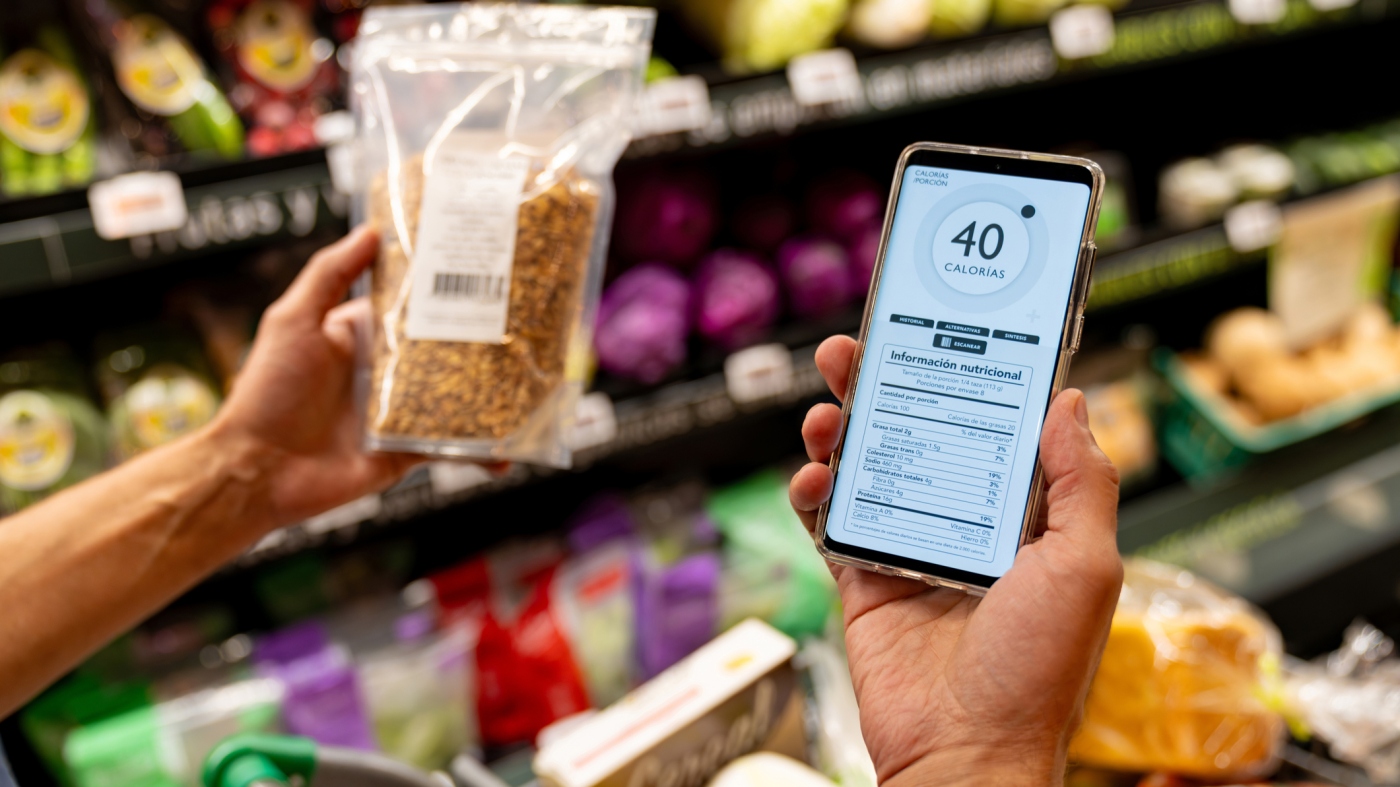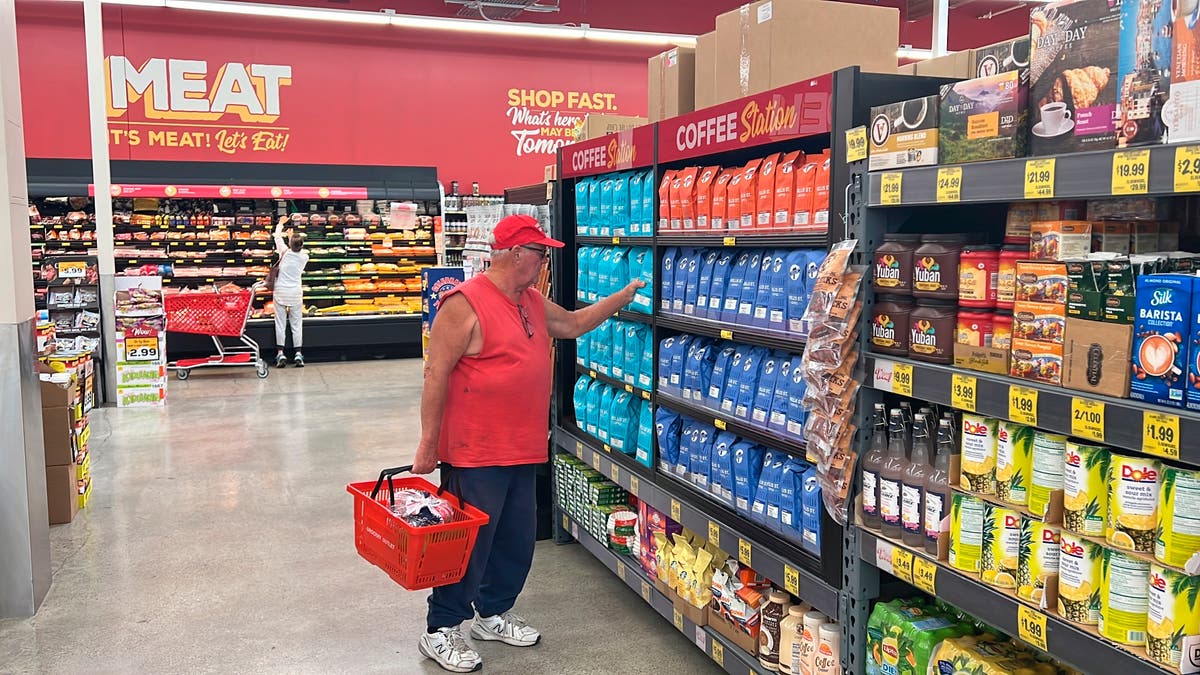
Warning label most effective in identifying harmful nutrients: Study
The HinduA new study in India has found that warning labels on food packets are most effective in helping consumers identify foods high in sugar, saturated fat and sodium as compared to other labelling formats. The authors conducted an in-person randomised experiment on 2,869 adults in six States in India, where participants were shown food packets with one of five FOPLs—a control label, nutrient-specific warning label, Health Star Rating, guideline for daily amount or traffic light label. However, the study also found that warning labels failed to statistically significantly reduce intentions to purchase unhealthy packaged products which is why the authors suggest “the need to reinforce any FOPL policy with a robust and focused communications campaign to increase consumer awareness and understanding.” Of the participants, 50% were women with an educational level of 12 years or less. This has led to global and Indian experts criticising the move and raising questions about the IIM-A study too, calling it scientifically wrong, alleging underlying bias as well as faulty interpretation as it too found warning labels more effective in reducing consumer intent to buy products with harmful nutrients yet recommended HSR.
History of this topic

Why are some packaged foods under the scanner?
The Hindu
‘Food Pharmer’ suggests 3 things he would change as health minister: 'Warning labels on food packets'
Hindustan Times
FSSAI releases draft notification on star-rating for packaged food
The Hindu
Obesity in children: Paediatricians bat for nutrient-specific labels on packaged food
Hindustan Times
Most people favour inclusion of front of pack warning label on food items
Live Mint
Health Matters: ‘Thoda Aur Namak’ to ‘Thoda Aur Healthy’ – Why India Needs to Fix BP, Obesity Burden
News 18
Explained | What is the debate around star ratings for food packets mooted by FSSAI?
The Hindu
Health Star Rating for Packaged Food is a Welcome Move. But is It Enough?
News 18
FSSAI’s star ratings for food products may mislead consumers: experts
The HinduExperts question ‘star rating’ of food products likely to be recommended by FSSAI for packaged food
The Hindu)
AIIMS doctors call for front of pack labelling, scientific limits on sugar, salt and fats in junk food
FirstpostDiscover Related











































)


